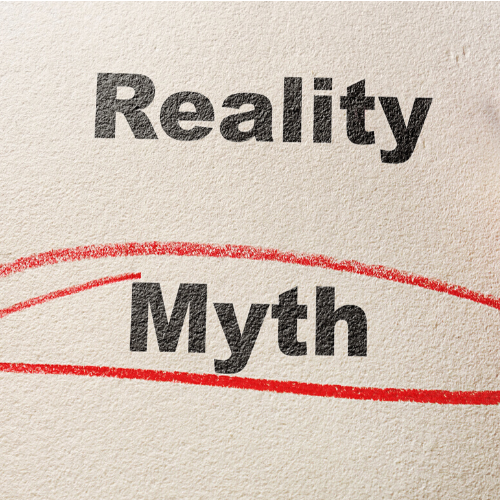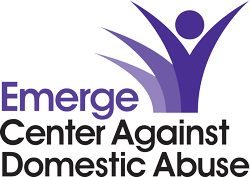
October 2018
Increasing Awareness & Understanding to Better Support Survivors
It can be difficult to recognize when someone is in an unsafe and unhealthy relationship, and figure out how to best support them if they are. In order to provide meaningful support, it’s important that we, as a community, have accurate information about domestic abuse. Increasing our knowledge about domestic violence also allows us to support individuals who choose to use abusive behavior by helping them understand the impact that their choices have on family, friends and the community.
Myth: Domestic abuse is always (or “only”) physical abuse.
Reality: Domestic abuse happens when a person uses behaviors to control and coerce their intimate partner, and violence is only one tactic in doing so. Emotional abuse (e.g., making threats, isolating a partner from friends and family), financial abuse (e.g., preventing a partner from getting a job, controlling a partner’s bank account) and psychological abuse (e.g., insults, criticism, playing “mind games”) are also common tactics used to gain control over a partner. In fact, survivors sometimes report that scars from physical abuse heal faster than those from emotional abuse. That being said, the absence of physical abuse in an abusive relationship doesn’t mean that it won’t develop in the future. The cycle of abuse that many, but not all, domestic violence victims experience may start with criticizing and name calling, and later grow to include physical abuse.
Myth: Domestic abuse is a relationship issue, and people should seek relationship counseling
Reality: When domestic abuse is present, relationship counseling may create further danger or risk (emotionally and/or physically) for the person experiencing abuse. Domestic abuse is not a relationship issue, it’s about an individual’s choices and actions to gain power and control over their partner. Relationship therapy can be an important tool; however, it’s only helpful in cases where both people have equal power.
Myth: If it were that bad, the person experiencing abuse would just leave.
Reality: Leaving can sometimes be dangerous and whenever possible, the person leaving should first seek support from trained professionals—like those who answer Emerge’s 24/7 multilingual hotline. In some situations when a person tries to leave, the abuse or threat of abuse can escalate and they are at risk of being seriously hurt or killed. Additionally, it’s often the case that there are significant barriers to leaving such as finances, childcare or isolation. It’s important to shift our focus from asking “why doesn’t she just leave?” and instead start asking why her partner is choosing to hurt someone they say they love.
Myth: Domestic abuse is about anger and people who get abused often provoke the actions of their partner.
Reality: Although it can appear to be an anger management issue, people who use abusive behavior have complete control over their actions and can therefore make different choices. It’s common for the abusive behavior to only be directed at their partner or loved one. Most individuals who choose to abuse their partner do not display the same behavior anywhere else in their life—at work, with friends, etc. Additionally, asking what someone did to provoke their partner shifts the blame to the survivor’s actions, when our focus should be on the abusive behavior. Domestic abuse is never okay. Regardless of what someone has done, it doesn’t give their partner the right to emotionally or physically abuse them.
More Myths & Realities—Click here to read about more domestic abuse myths and realities.
